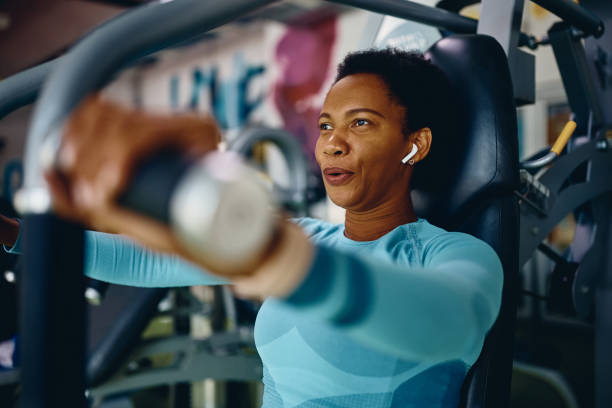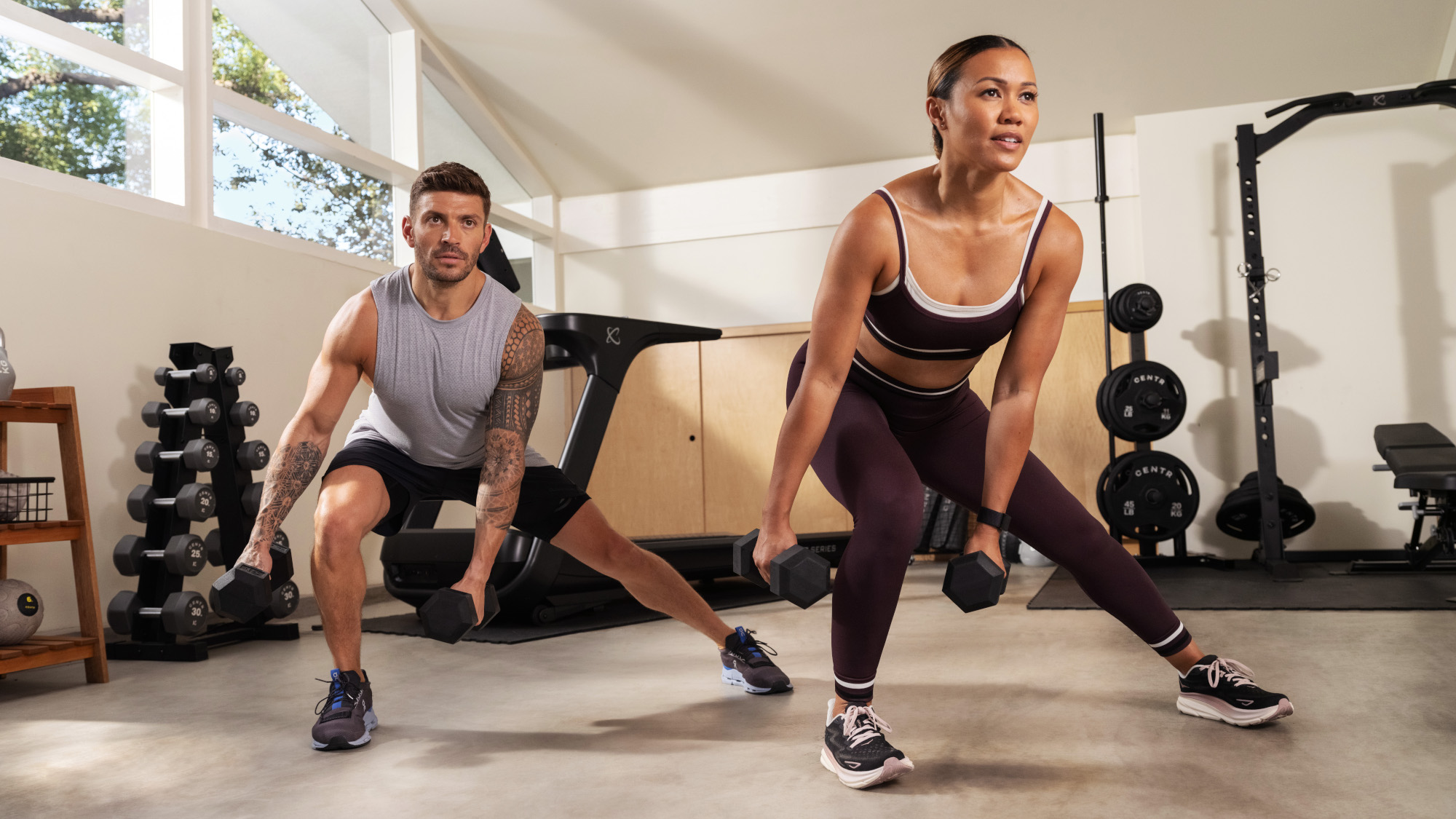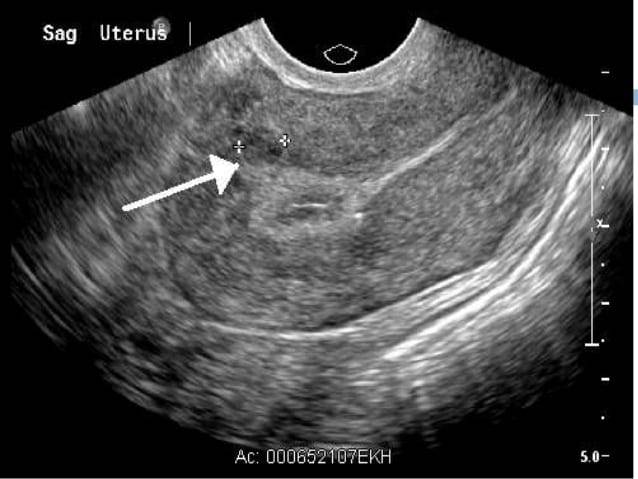In today’s fast-paced world, the best kind of workout isn’t just about building muscle or burning fat—it’s about training your body and brain simultaneously. As the science of fitness evolves, a growing body of research supports the idea that the most effective workouts don’t just enhance physical strength or endurance—they also boost cognitive performance, mental clarity, and emotional balance. Neuroscientists and fitness experts alike are now advocating for "dual training" exercises that stimulate both physical and mental faculties. These include workouts like dance routines, martial arts, yoga, Pilates, high-intensity interval training (HIIT), and even virtual-reality fitness games. Such workouts involve complex movements, coordination, and timing, forcing the brain to stay actively engaged.

Read Also: Monday's Meditation with Chelsea Jackson Roberts

Why is this dual approach so powerful? It all comes down to neuroplasticity—the brain’s ability to reorganize and form new neural connections. Physical activity increases blood flow and oxygen to the brain, which enhances memory, focus, and decision-making. When combined with mentally stimulating tasks, the brain forms stronger and more diverse connections, boosting overall cognitive resilience. This becomes especially important with age, as brain function typically declines. A 2025 study published in the Journal of Cognitive Health and Fitness reveals that individuals engaging in dual-task workouts twice a week showed 30% better memory retention and 25% faster decision-making than those doing traditional gym routines. These results suggest that incorporating brain-engaging components into exercise could be key to preventing neurodegenerative diseases like Alzheimer’s and Parkinson’s.
So, what types of activities offer this brain-body synergy?
Dance-based fitness, such as Zumba or Afrobeat aerobics, requires coordination, rhythm, and memory—all while raising your heart rate and strengthening muscles. Learning and remembering new dance steps fires up multiple brain areas, including the hippocampus (linked to memory) and the cerebellum (coordination).
Martial arts and boxing workouts train reaction time, focus, and strategy in addition to strength and agility. These activities demand quick thinking, footwork, and the ability to anticipate your opponent’s move—skills that challenge both your cognitive and motor systems.
Yoga and tai chi may appear slow and meditative, but they require intense focus, breath control, and body awareness. Regular practice improves concentration, emotional regulation, and cognitive control, making them ideal for those dealing with stress or burnout.
Incorporating HIIT with mental challenges, such as solving puzzles between rounds or following fast-paced choreography, has also become a popular method in cognitive fitness classes. Similarly, interactive VR workouts now blend cardio and brain games, taking cognitive engagement to a new level.
Notably, the benefits extend beyond the gym. Brain-body workouts enhance productivity, reduce anxiety, and boost mood. According to the American Psychological Association, people who regularly engage in such exercises report better emotional regulation and greater confidence in problem-solving tasks. If you're new to this concept, start by selecting an activity that naturally includes cognitive engagement, like learning a new sport, joining a dance class, or trying a functional fitness routine with pattern-based movements. Over time, aim to vary your workouts to challenge different brain regions and avoid cognitive plateaus. The future of fitness is multi-dimensional. As more people seek efficient, holistic ways to stay sharp and healthy, combining physical movement with cognitive challenges is becoming the gold standard. Whether you're looking to enhance athletic performance, preserve brain health as you age, or simply get more out of your workouts, training both your body and brain is the smartest move you can make. In a world where multitasking often leads to burnout, this kind of training offers the rare opportunity to multitask with purpose—and benefit from it both mentally and physically.



